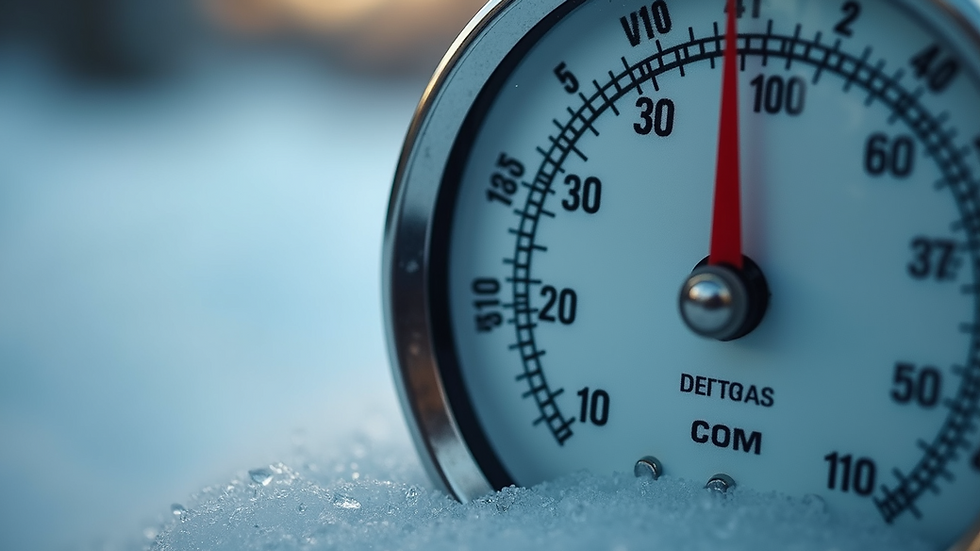Cold Plunge Safety Tips And Guidelines for Maximum Health Benefits
- Ghetto Smurf
- Oct 14
- 3 min read
Cold plunges have gained popularity as a powerful wellness practice. Immersing your body in cold water can boost circulation, reduce inflammation, and improve mental clarity. However, to enjoy these benefits safely, it is essential to follow proper cold plunge safety tips. This guide will walk you through everything you need to know to make the most of your cold plunge experience.
Understanding the Benefits of Cold Plunges
Cold water immersion triggers a range of physiological responses that promote health. When you enter cold water, your blood vessels constrict, which helps reduce swelling and inflammation. This process can speed up muscle recovery after exercise and relieve soreness. Additionally, cold exposure stimulates the release of endorphins, improving mood and reducing stress.
Regular cold plunges may also enhance your immune system by increasing white blood cell count. Some studies suggest that cold water therapy can improve circulation and cardiovascular health by training your blood vessels to respond better to temperature changes.
To get started, ensure your cold plunge setup is safe and comfortable. The water temperature should ideally be between 10°C and 15°C (50°F to 59°F). Beginners might want to start at the higher end of this range and gradually lower the temperature as their tolerance improves.

Essential Cold Plunge Safety Tips
Safety is paramount when practicing cold water immersion. Here are some crucial cold plunge safety tips to keep in mind:
Consult a healthcare professional before starting cold plunges, especially if you have heart conditions, high blood pressure, or respiratory issues.
Never plunge alone. Always have someone nearby in case you need assistance.
Start slowly. Begin with short durations of 30 seconds to 1 minute and gradually increase as your body adapts.
Avoid alcohol or heavy meals before plunging, as these can affect your body's response to cold.
Warm up gradually after your plunge to avoid shock to your system. Use a warm towel or take a warm shower.
Listen to your body. If you feel dizzy, numb, or excessively uncomfortable, exit the water immediately.
Following these guidelines will help you enjoy the benefits of cold plunges while minimising risks. For more detailed information, you can check out these cold plunge guidelines.

How Long Should You Soak in a Cold Plunge?
The duration of your cold plunge is a key factor in maximising benefits without causing harm. For beginners, starting with 30 seconds to 1 minute is recommended. This short exposure allows your body to adjust to the cold without overwhelming your system.
As you become more experienced, you can gradually increase your time to 2 to 3 minutes. Some seasoned practitioners may stay in cold water for up to 5 minutes, but this should only be done with proper preparation and awareness of your body's signals.
It is important to avoid staying in cold water for too long, as prolonged exposure can lead to hypothermia or other complications. Always exit the plunge if you start to feel numbness, uncontrollable shivering, or dizziness.
To enhance your experience, consider alternating cold plunges with warm environments, such as a sauna or warm shower. This contrast therapy can further improve circulation and recovery.

Preparing Your Body for a Cold Plunge
Preparation is key to a successful cold plunge session. Here are some practical steps to get your body ready:
Hydrate well before your plunge. Cold exposure can be dehydrating, so drink water beforehand.
Perform light warm-up exercises such as stretching or walking to increase blood flow.
Wear appropriate swimwear that allows freedom of movement and quick drying.
Control your breathing. Practice deep, slow breaths to help manage the initial shock of cold water.
Set a timer to monitor your plunge duration and avoid overexposure.
By preparing your body, you reduce the risk of injury and enhance the overall benefits of cold water immersion.
Post-Plunge Care and Recovery
After your cold plunge, proper recovery is essential to maintain health and comfort. Follow these steps:
Warm up gradually using a towel, warm clothes, or a gentle warm shower.
Avoid hot showers immediately after plunging, as sudden heat can stress your cardiovascular system.
Rehydrate with water or herbal tea to replenish fluids.
Rest and relax to allow your body to recover fully.
Monitor your body's response over the next few hours. If you experience prolonged shivering, numbness, or discomfort, seek medical advice.
Incorporating these post-plunge care tips will help you safely enjoy the rejuvenating effects of cold water therapy.
Cold plunges can be a powerful tool for improving health and well-being when done correctly. By following these cold plunge safety tips and guidelines, you can safely integrate this practice into your routine and experience its many benefits.









Comments